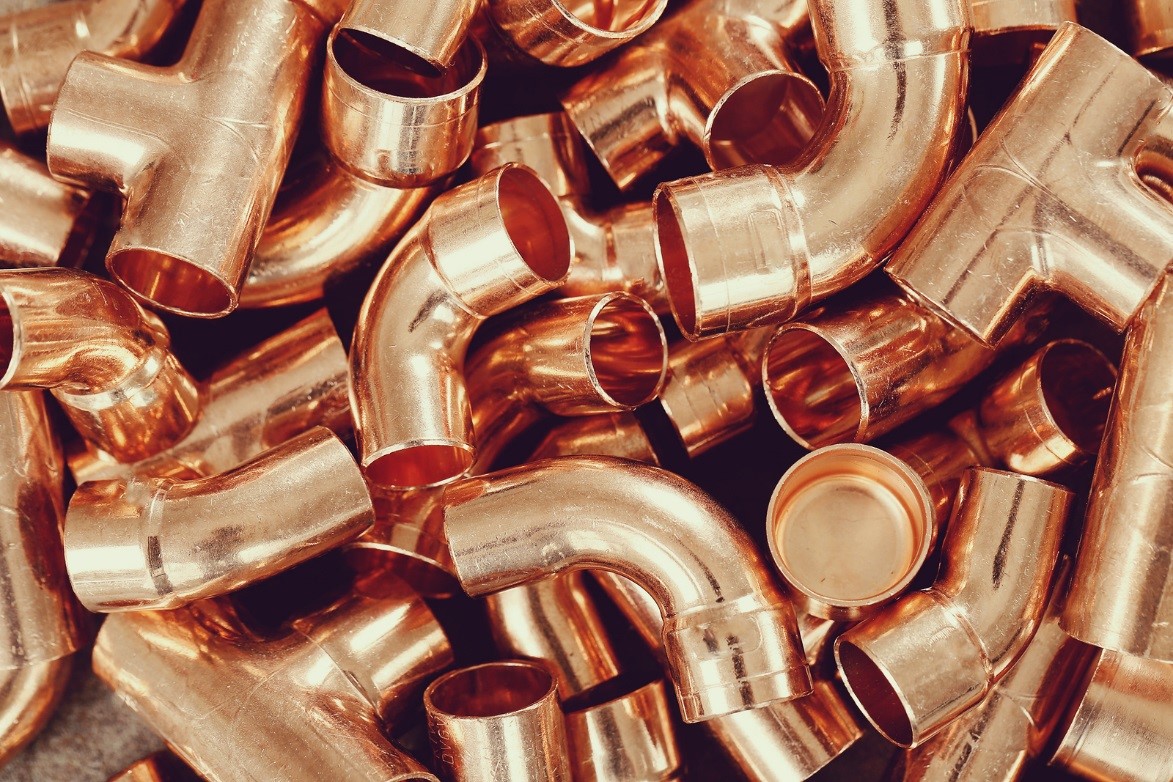During the Bronze Age, man was able to improve his quality of life by transforming bronze to suit his needs. Today, bronze continues to serve society in terms of architecture, engineering, interior design, and many other fields. It truly has become an alloy of high value.
Depending on the copper to zinc ratio, there are different kinds of bronze, often referred to by their common name and alloy number. Architectural bronze, which is denoted as Alloy C385, is made of 57% copper, 40% zinc, and about 3% of lead. Bronze bars are often built from this tough alloy.
Other types include Gilding metal, or 90/10 metal, which is a bronze with 90% copper and 10% zinc. It’s commonly called Alloy C220 in the industry. Another one is Muntz metal, which is also referred to as Alloy C280. This bronze variety has 60% copper and 40% zinc in it. Bronze sheets are usually crafted from these two alloys.
Where Bronze Bars Are Used
Bronze bars with trace amounts of lead have a relatively low melting point compared to other metals. This property makes bronze bars ideal for forging or pressing, as it doesn’t take extreme temperatures to soften the metal and make it moldable or machinable. These bars are often cut and processed to become screws, nuts, bolts, fasteners, and plumbing components like fittings and valve bodies.
Bronze Tube Applications
In the boat making industry, the bronze tube is often seen as a component for pipes and engine parts, like the propeller and shaft. For the home, bronze is an alternative to copper pipes, and they can be used for plumbing, hot water distribution systems, and even parts for refrigerators or cooling systems. In terms of design and fabrication, bronze tubes are often welded to become parts of gates, grilles, and doors or windows.
Cleaning and Maintaining Bronze Items
Over time, the original luster of bronze may change, but this does not necessarily mean it is corroding or weakening. For instance, if the bronze is exposed to salt water, it can form a patina or a layer of copper salts, and it appears like a greenish film. However, it’s important to note that despite this, bronze may still be prone to damage. To keep the beauty and charm of bronze finishes, one should be mindful about the types of cleaning materials that are being applied on them. Like every other alloy of copper, bronze is sensitive to extreme changes in pH, such as strong acids or strong bases.
Sources
Bronzes, copperalliance.org.uk
Bronze: Characteristics, Uses And Problems, GSA.gov


